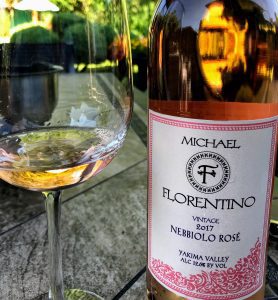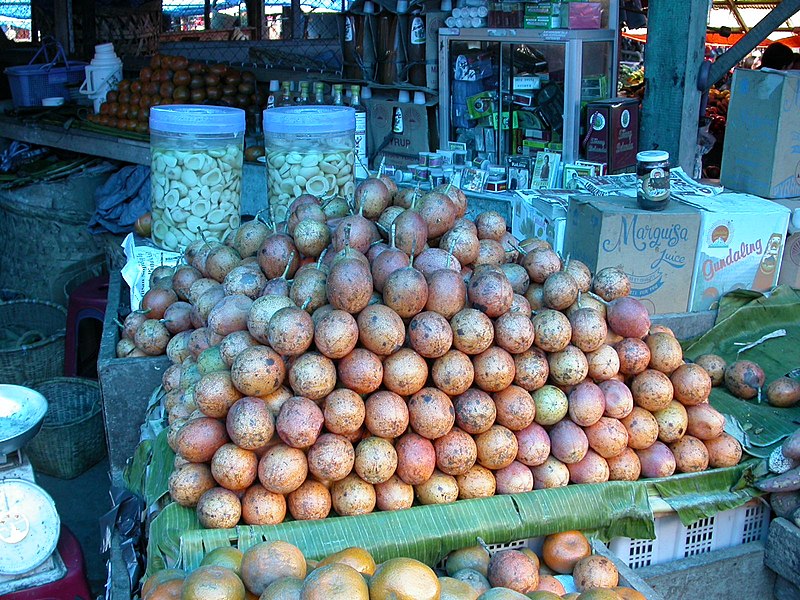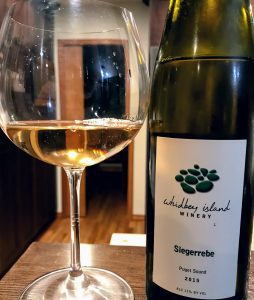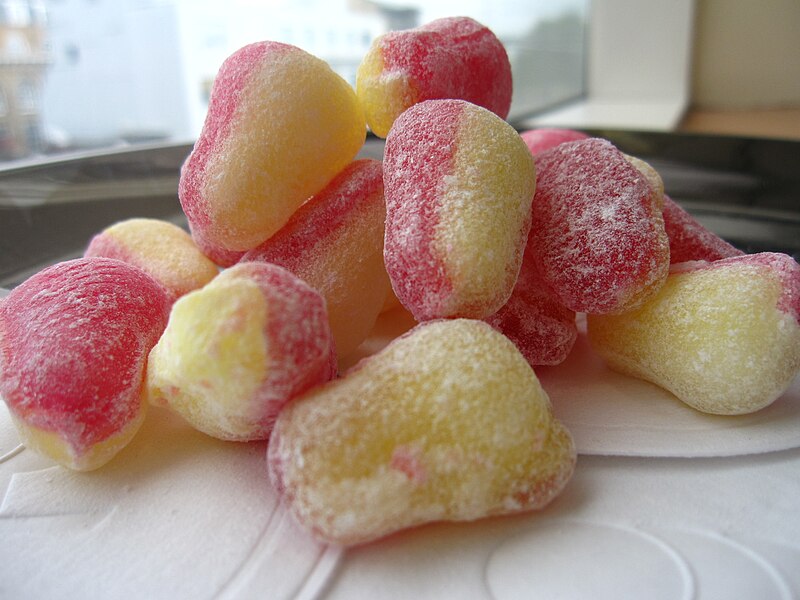 A few quick thoughts on the 2017 Michael Florentino Nebbiolo Rosé from the Yakima Valley.
A few quick thoughts on the 2017 Michael Florentino Nebbiolo Rosé from the Yakima Valley.
The Geekery
Michael Florentino Cellars was founded in 2005 by Michael Haddox, a military vet who started in the wine industry working the bottling line at Columbia Crest.
Financial difficulties in 2009 prompted Haddox to sell the brand to Brad Sherman who got his start as an amateur winemaker with the Boeing Wine Club–which counts among its alumni Ben Smith of Cadence, David Larsen of Soos Creek and Tim Narby of :Nota Bene Cellars.
Today Michael Florentino focuses on producing small lots from unusual grape varieties like Tempranillo, Monastrell/Mourvedre, Primitivo/Zinfandel, Garnacha/Grenache, Albariño, Sangiovese, Counoise, Touriga Nacional, Sousão, Barbera and Nebbiolo.
To seek out these unique grapes (many of which have less than 100 acres planted throughout Washington), Sherman works with a wide range of vineyards including Gilbert and StoneTree Vineyard on the Wahluke Slope, Coyote Canyon Vineyard in the Horse Heaven Hills, Dineen Vineyard in the Yakima Valley, Upland Vineyard on Snipes Mountain as well as Red Haven, Ciel du Cheval, Kiona and Artz Vineyard on Red Mountain.
The Wine
Medium-minus intensity nose. Some faint tropical fruit and cherry notes but they aren’t very define. With air the fruit aromatics become more muted but a little bit of Asian spice (tumeric?) comes out.

The passion fruit notes in this rosé are much more noticeable on the palate than on the nose.
On the palate the fruit becomes a little more pronounced with passion fruit and pomelo taking the lead. Light bodied with just a tad of residual sugar on the tip of the tongue the wine is well balanced with medium-plus acidity that keep the wine tasting fresh. Short finish ends on the fruit without the faint spice note from the nose returning.
The Verdict
For around $15-18, this Nebbiolo Rosé is certainly unique but you are paying a premium for the uniqueness of the variety–especially compared to the value you can get from Provençal rosés in the $10-13 range.



